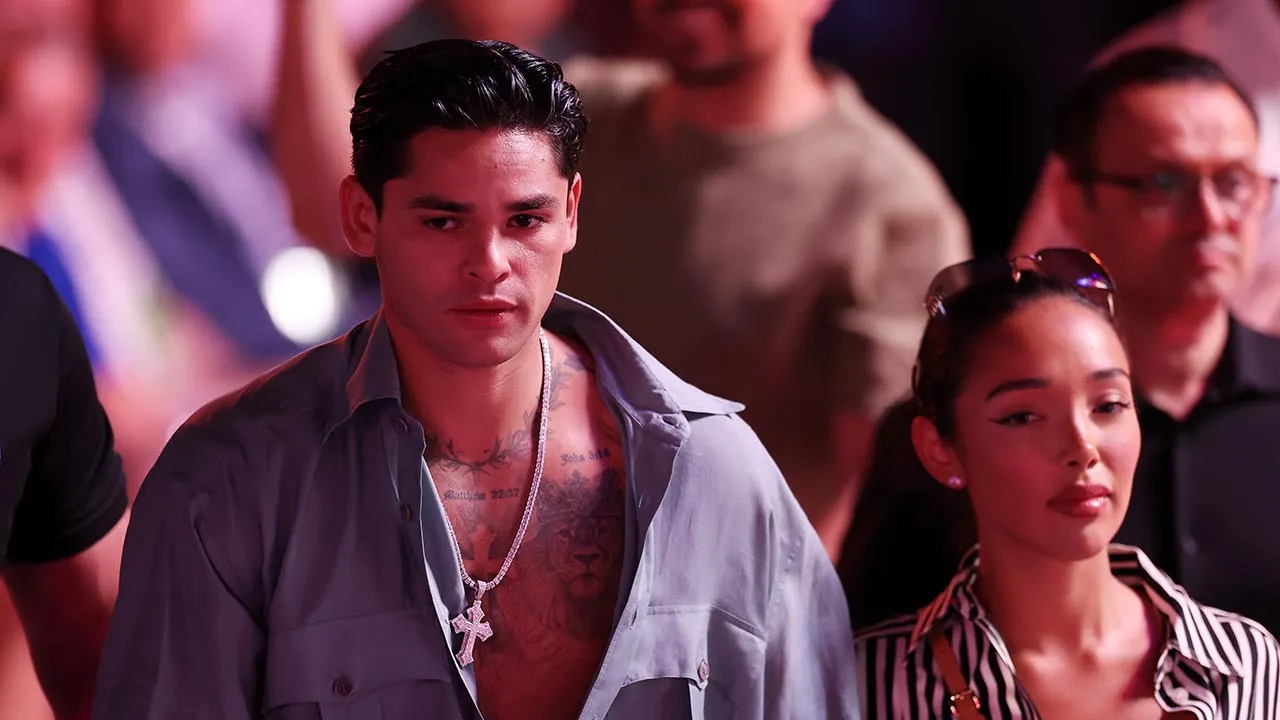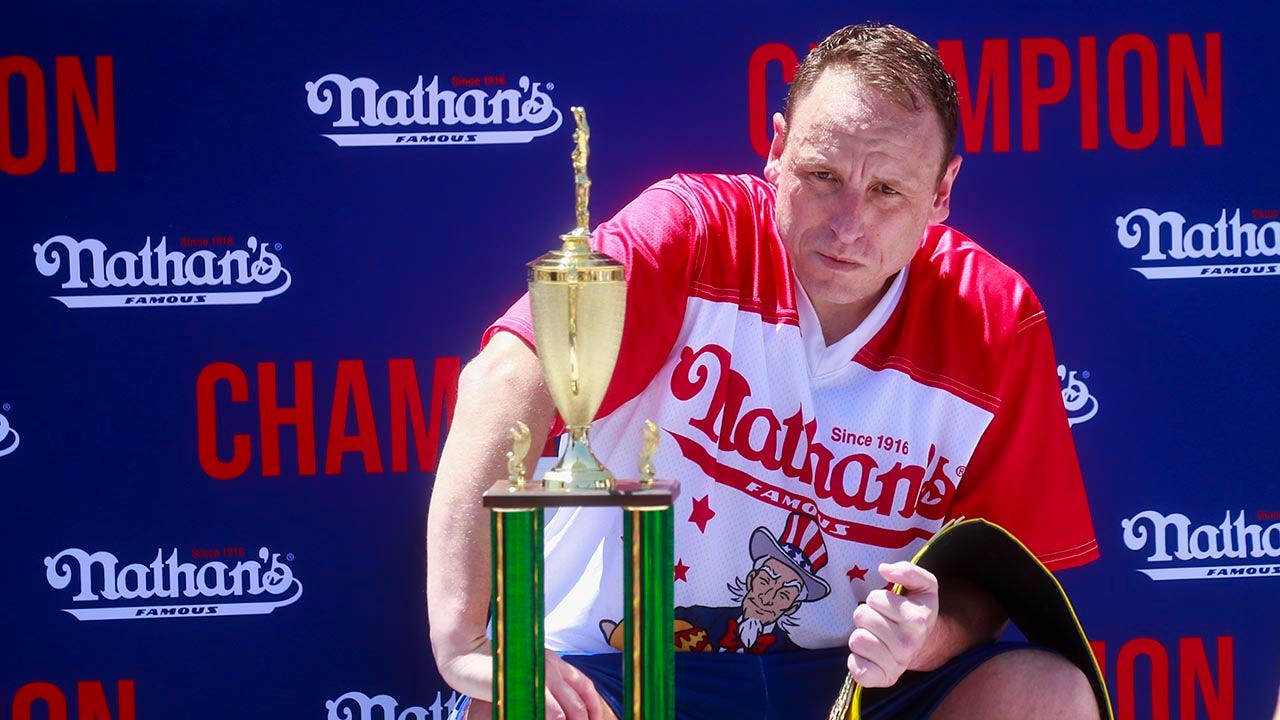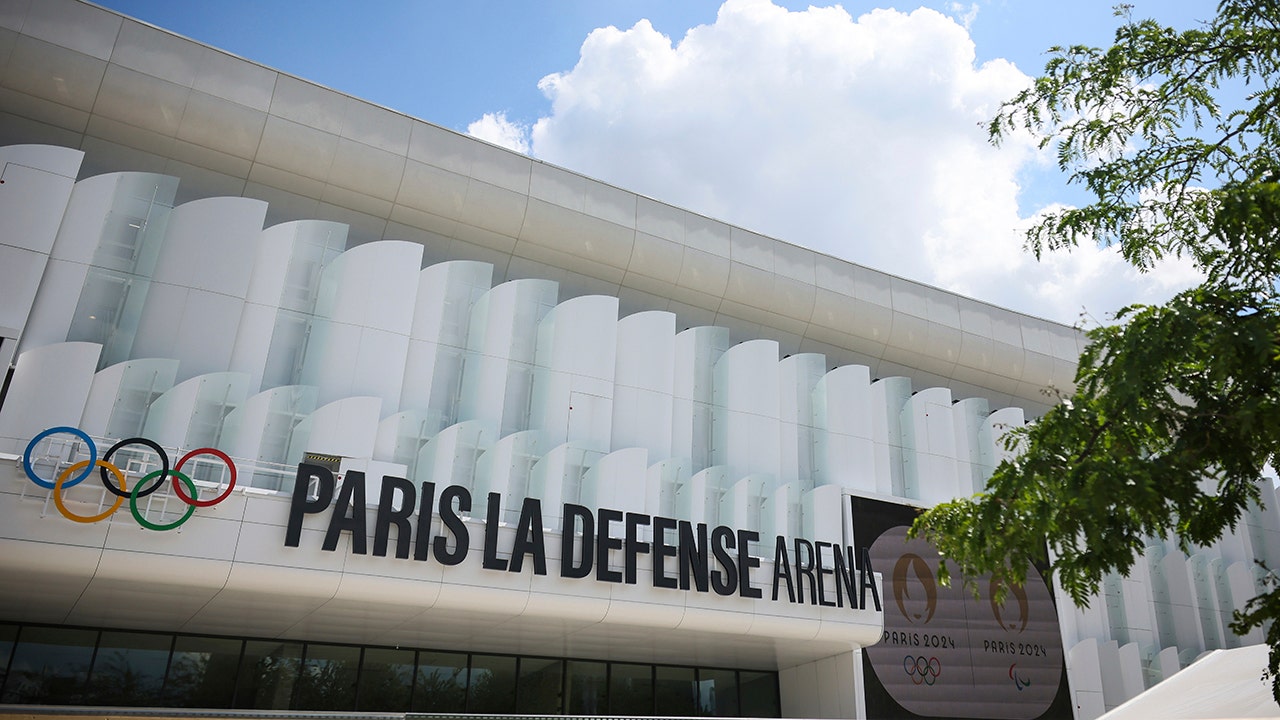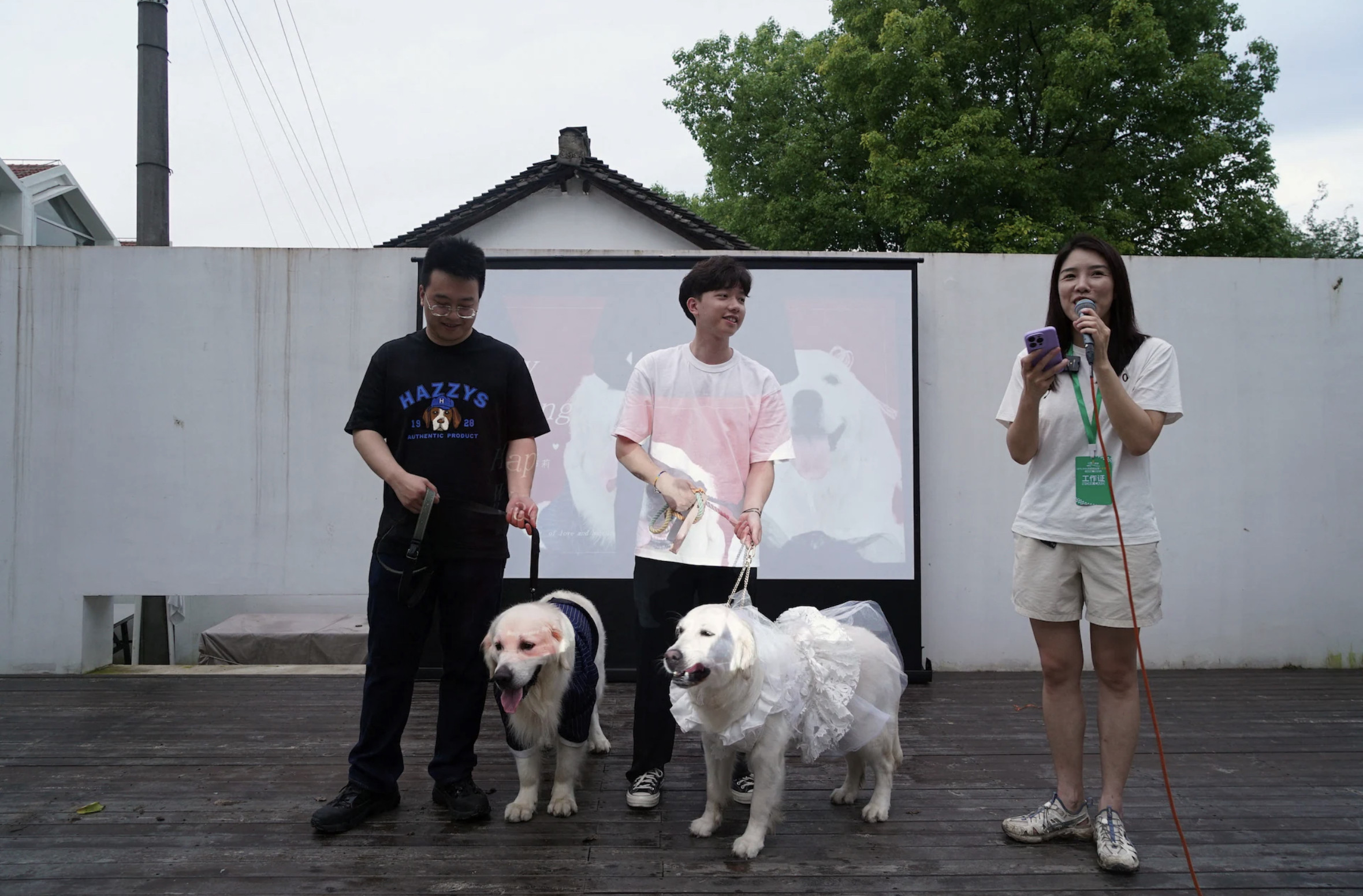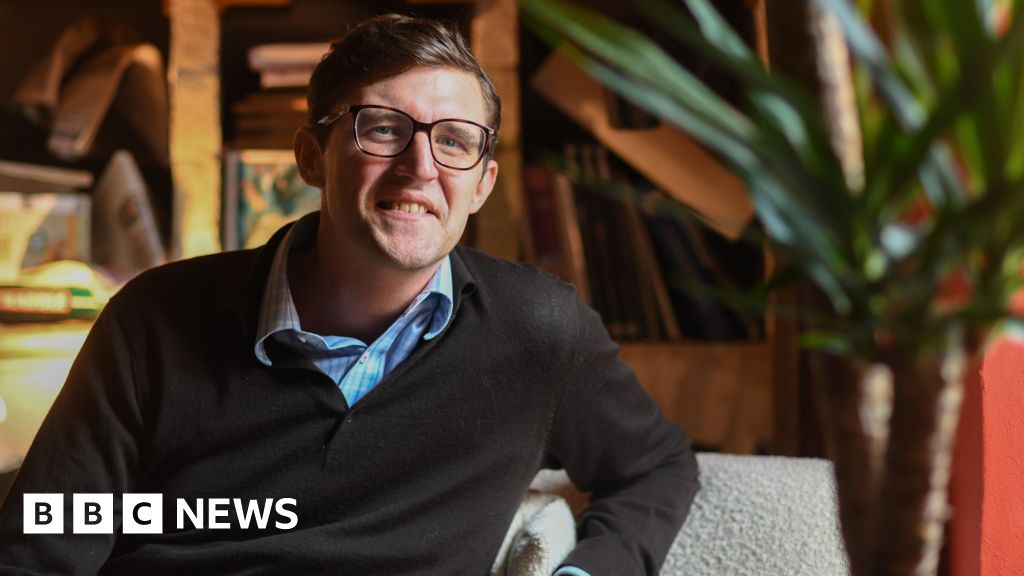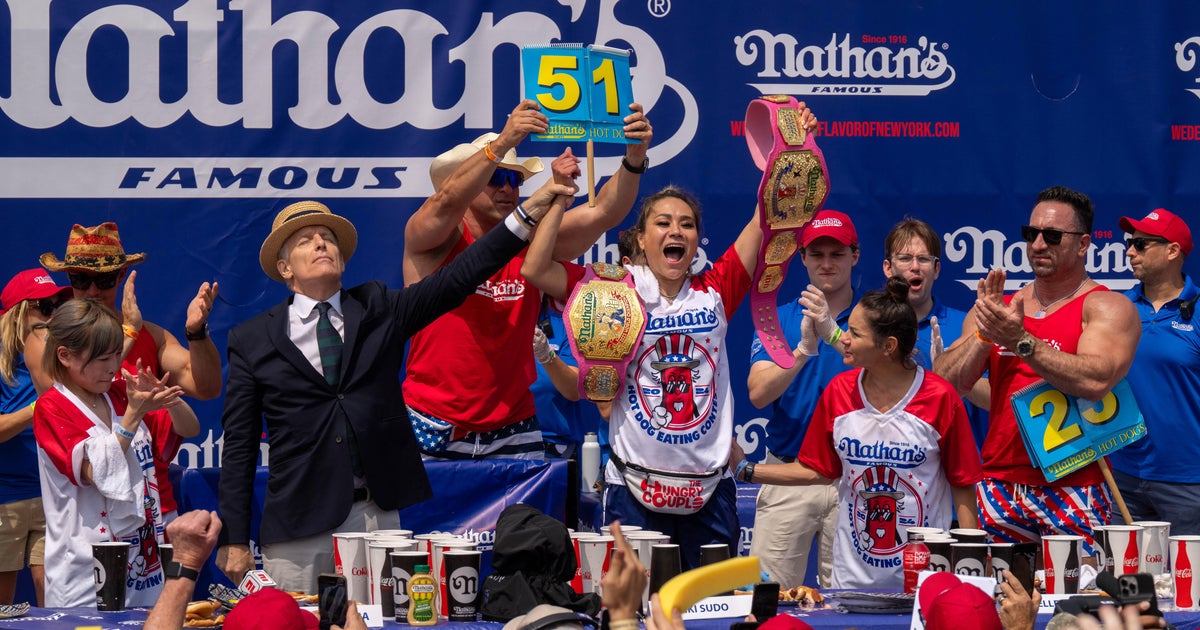“They make me believe people in New York are interesting and have wild interests,” said Kaitlin Phillips, the publicist and onetime host of the Montez show “Insider Baseball.” (She does not do publicity for the radio station.) “The internet era can make you forget that people know things you don’t. I’m always like, Where do they find these people?”
One night, during an ambient music show at the station, Mr. Laprade, 33, heard a racket from the sidewalk outside. It was a young guy wearing “K-Swiss sneakers, JNCOs, doing this ’NSync thing with an amp on the corner,” he remembered. “I was about to tell him to shut up. But I was like, Whoa, wait, what are you doing? This sounds really cool.”
Mr. Laprade asked him up to the studio and invited him to perform on air, which is how he met Mat Kastella, an outsider pop musician. Inspired by his itinerant style of touring, Mr. Laprade and Ms. Skolnik threw a concert where Mr. Kastella and a crew of backup dancers performed on a stage inside the Port Authority Bus Terminal.
So while Montez may be something of an anachronism, for the city’s young artists and writers, it arrived at exactly the right time. Community radio, once a vibrant ecosystem in Manhattan, had been struggling to stay afloat for years. Know Wave, a station with ties to the art world, stopped regularly broadcasting in 2018; East Village Radio closed in 2014 (though it is expected to return next month). These stations, which streamed online, carried the torch from the halcyon days of the late 1970s and early ’80s, when community radio was how New Yorkers learned about what was going on in the city’s underground cultural scenes.
Donald Miller, who hosted an experimental music show on the Columbia University station WKCR from 1978 to 1982, described the experience in an email as “two tons of fun and great hangs.” The station is the reason he ended up in the pioneering free jazz trio Borbetomagus: The two young saxophonists who would become his bandmates reached out to him after they heard, and were enthralled by, the records Mr. Miller played on the air.
That era’s creative ferment inspires today’s downtown denizens. “What Montez is doing reminds me of what I read about the Mudd Club or Danceteria,” said Adrian Rew, an East Village record store owner with a Montez show, “where punks and avant-garde artists and curators were all rubbing shoulders.”











